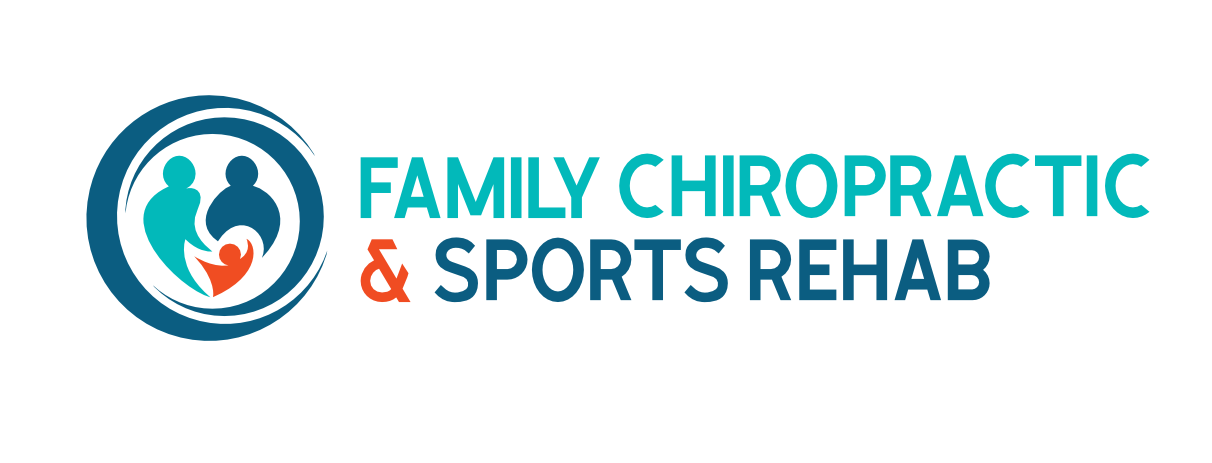Exploring Dry Needling vs. Acupuncture: Understanding the Benefits for Trigger Points
In the realm of alternative medicine, both dry needling and acupuncture have gained popularity for their potential to alleviate pain and discomfort. While these techniques involve the use of thin needles inserted into the skin, they differ significantly in their origins, methodologies, and intended outcomes. In this blog post, we'll delve into the differences between dry needling and acupuncture, focusing particularly on their benefits for trigger points and muscular pain relief.
Dry Needling vs. Acupuncture:
Dry needling and acupuncture share a commonality in their use of needles, but their underlying principles and approaches are distinct. Acupuncture is an ancient Chinese healing practice rooted in traditional Chinese medicine (TCM), where thin needles are inserted into specific points along energy channels called meridians to restore the flow of Qi, or life force energy. On the other hand, dry needling is a modern Western technique primarily based on neuroanatomy and musculoskeletal principles.
Methodology:
In acupuncture, the insertion points are determined based on TCM concepts and individual diagnosis, aiming to rebalance the body's energy flow. In contrast, dry needling targets trigger points—areas of tight muscle fibers that cause pain and dysfunction. These trigger points are identified through palpation and may not necessarily align with traditional acupuncture points.
Benefits for Trigger Points:
Both dry needling and acupuncture can provide relief for trigger points and associated musculoskeletal pain, but they achieve this through different mechanisms. Dry needling works directly on the trigger points, causing a local twitch response that relaxes the muscle and releases tension. By inserting needles into these trigger points, dry needling promotes increased blood flow, reduces inflammation, and stimulates the release of endorphins, providing immediate pain relief and improved muscle function.
Acupuncture, on the other hand, approaches trigger points from an energy perspective. By inserting needles along specific meridians, acupuncture aims to restore balance and harmony within the body, which can indirectly alleviate pain associated with trigger points. Acupuncture also influences the central nervous system, modulating pain perception and promoting relaxation, which can complement the effects of dry needling in managing trigger point pain.
In summary, while both dry needling and acupuncture offer therapeutic benefits for trigger points and musculoskeletal pain, they differ in their theoretical frameworks and methodologies. Dry needling targets trigger points directly, addressing muscular dysfunction through neurophysiological mechanisms, while acupuncture focuses on restoring energetic balance within the body. Depending on individual preferences and treatment goals, individuals may find one approach more effective than the other or may benefit from integrating both modalities into their wellness routine. Ultimately, consulting with one of our chiropractic professionals can help determine the most appropriate treatment plan tailored to individual needs and preferences.

